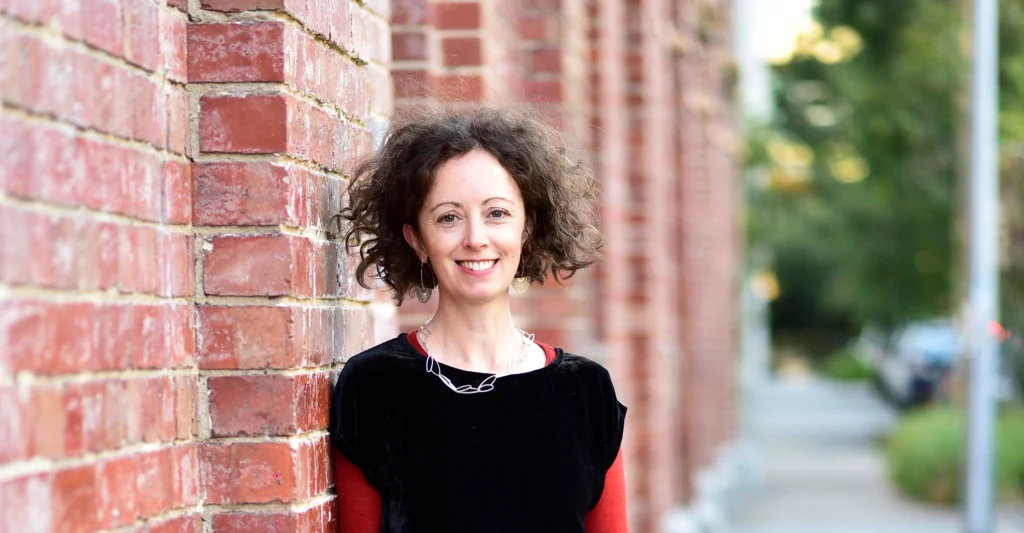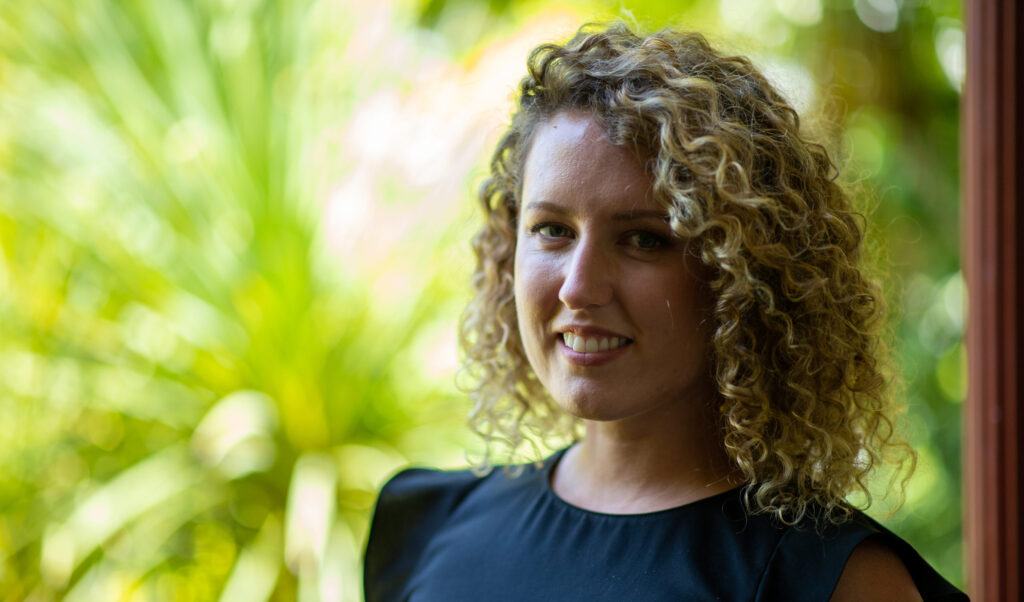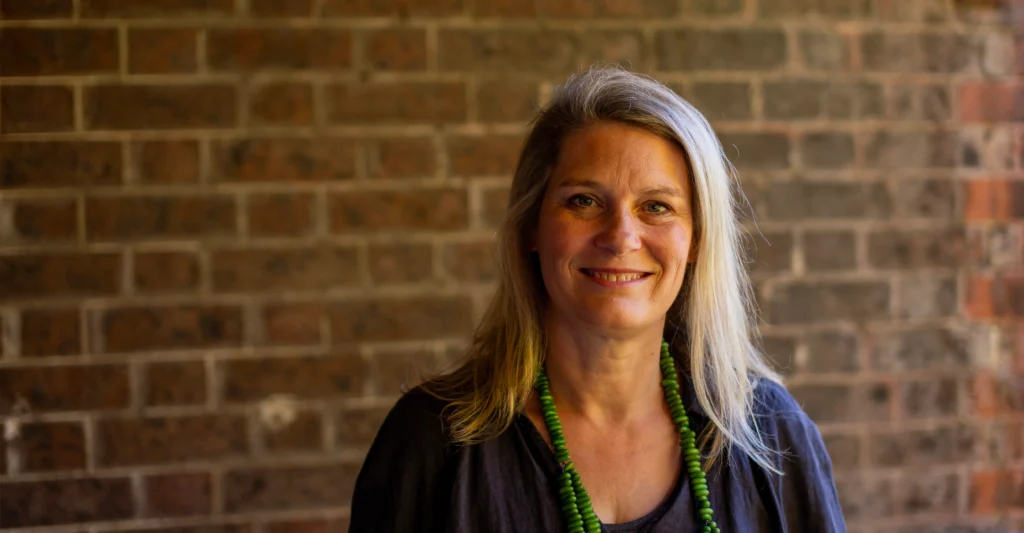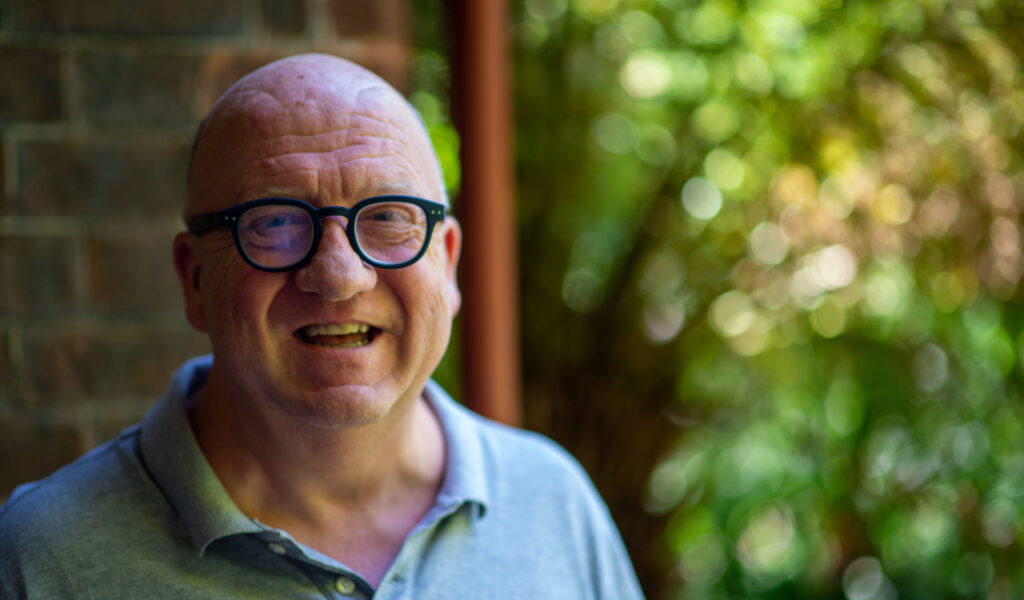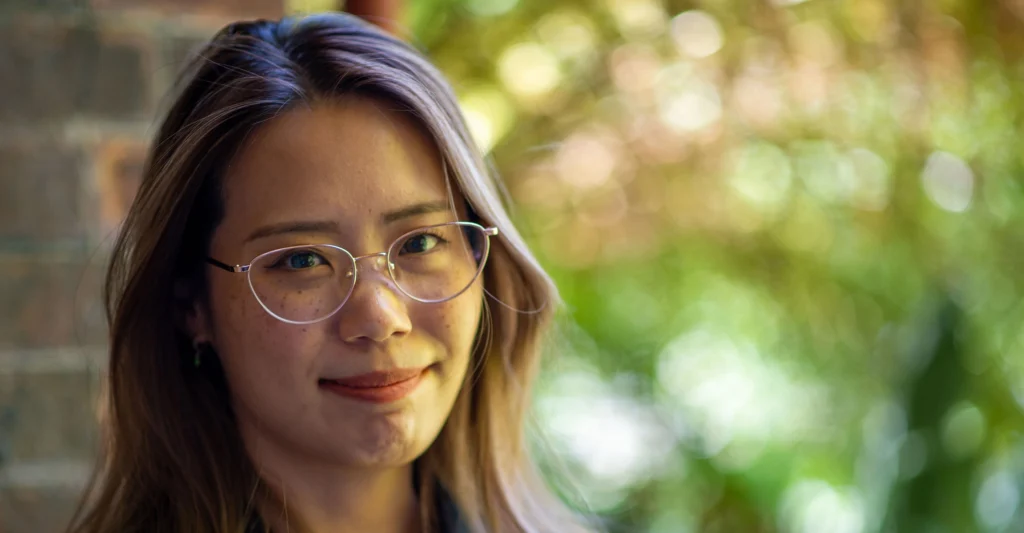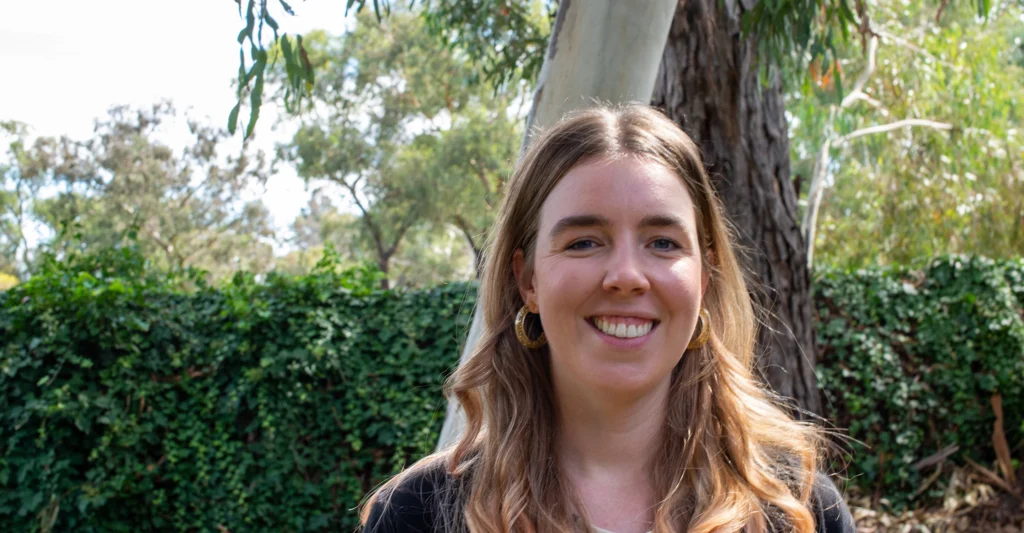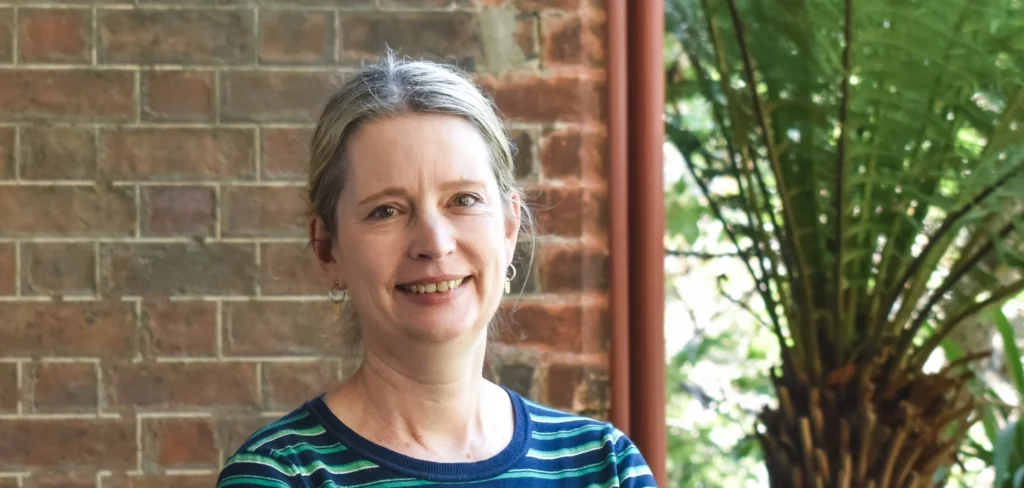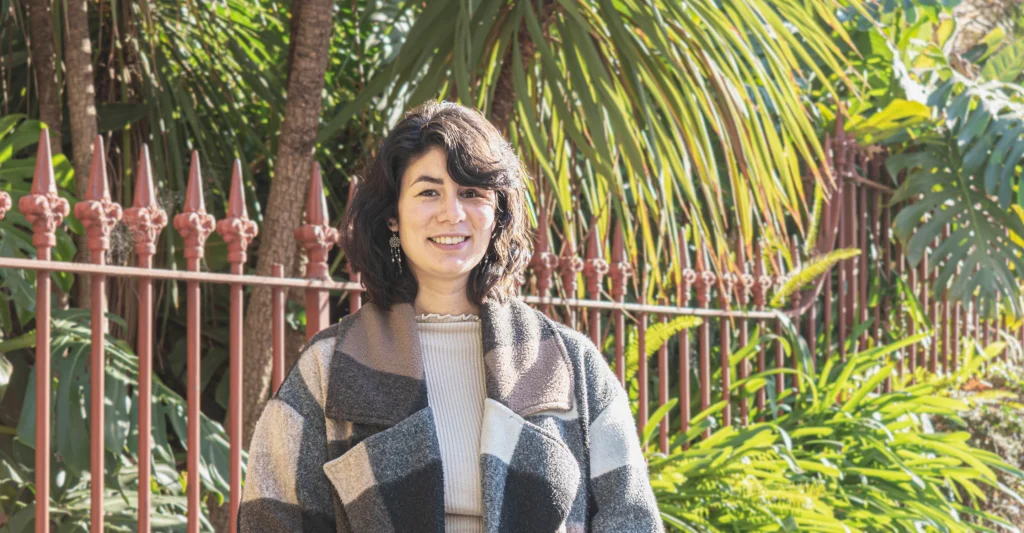
Interview with Edwina Jans
Edwina Jans draws on broad experience across museums, heritage sites and government in her role as GML’s Head of Victoria. In this Q&A, she reflects on her career, the strengths of GML’s Victorian team and the trends shaping heritage practice.
Can you tell us about your career journey and what led you to your role as Head of Victoria at GML?
My career has centred on connecting people with places and the stories they hold—supporting learning, well-being and community through cultural heritage. With over two decades of experience in museums, galleries, government and heritage sites in London, Sydney and Canberra, I’ve held roles in heritage place management, policy and planning, and place-based storytelling.
After leadership roles in national collecting institutions and the ACT Government, including membership of the ACT Heritage Council, I was ready for a new chapter. Joining GML Victoria offered an exciting opportunity to lead a talented team and further champion people-centred, values-led heritage work across this richly layered state.
I’m especially proud to have co-founded Canberra Modern with Rachel Jackson and Amy Jarvis—an award-winning initiative that celebrates Canberra’s distinctive mid-century architecture and design legacy. Our weekly Architecture Tour segment on ABC Radio Canberra last year highlighted how deeply this legacy resonates with the community.
As GML’s Head of Victoria, how would you describe your approach to leading the team and delivering heritage services across the state?
Heritage practice is about people as much as it is about place, so I prioritise building strong relationships—with our clients, communities and each other. My focus is on delivering heritage services that balance technical rigour with creative, community-focused solutions.
With over 20 years in the sector, I really lean into projects where I can shape strategy, guide the management of heritage assets, unlock the value of heritage places, and strengthen communities through meaningful engagement. Recently, I’ve drawn on my experience developing EPBC Act Heritage Management Plans and delivering projects that unlocked parts of the Museum of Australian Democracy at Old Parliament House to inform our work on other nationally heritage-listed places. My time at ACT Heritage, providing advice within the statutory planning process, has also been invaluable in preparing heritage studies, reviews and impact assessments.
Ultimately, I see my role as a facilitator—supporting my team to do their best work while helping shape a heritage future that is sustainable, inclusive and connected to the stories that define Victoria.
GML’s Victorian team has worked on diverse projects—from heritage places in regional communities to major city-shaping developments. What strengths does the team bring to these projects?
What sets GML’s Victorian team apart is our versatility and commitment to listening, learning and delivering heritage outcomes that matter. We’re a multidisciplinary team with expertise across archaeology, architecture and design, built heritage and planning, history, Aboriginal Cultural Values, landscape heritage, interpretation, collections management and conservation.
We combine strong technical knowledge with curiosity for emerging areas of practice. Our work spans a broad spectrum—from shaping a culturally informed green energy future, to uncovering the rich layers of place in Mildura, and recommending some of Melbourne’s finest postwar Modernist homes for heritage protection.
Our work with Traditional Owners is grounded in co-design, respect and care for Country. The Royal Park Conservation Management Plan was developed in close consultation with the Wurundjeri Woi-wurrung Cultural Heritage Aboriginal Corporation to ensure Aboriginal cultural values were recognised, protected and integrated. Similarly, our recent work on a battery energy storage system (BESS) project in Portland, on Gunditjmara Country, reflects our culturally responsive approach. Every project brings a new context, and we love that. We see clients and communities as partners—taking the time to listen, understand and co-create outcomes that are meaningful and enduring.
You’re also on the board of Working Heritage. How does this role complement your work at GML and inform your perspective on heritage management in Victoria?
I was honoured to have been appointed to the Committee of Management of Working Heritage by Minister Steve Dimopoulos MP in 2024. Working Heritage manages properties on Crown land on behalf of the State of Victoria. Being on the Committee gives me a really hands-on view of what it means to keep heritage places alive and relevant. It’s a great complement to my role at GML—while GML focuses on heritage advice and strategy, Working Heritage is about managing places on the ground and making them work for communities today. For example, we’re custodians of Jack’s Magazine, a Victorian heritage-registered site with a fascinating industrial past. It’s an incredible place with huge potential, and being involved in its future has helped me think more creatively about adaptive reuse and community access. We also manage Farm Vigano, a place that celebrates the story of Italian migrants and food culture in Victoria and home to a popular Italian restaurant. These experiences reveal how heritage can be reimagined—as places for identity, memory, business and creativity.
What do you see as the emerging challenges and opportunities for heritage practice in Victoria?
Heritage practice in Victoria is facing some real challenges—from responding to climate change and strengthening heritage resilience, to balancing heritage with urban development and housing needs, and understanding evolving community perspectives on what heritage means. But with change comes opportunity.
Communities increasingly want heritage to reflect everyday experiences, diverse voices and shared connections— not just buildings. At GML, we’re embracing that shift. While drawing on our deep expertise, we’re also exploring new approaches—like digital recording and cultural values mapping, inclusive interpretation, and projects that champion social values and engagement. We’re also embedding practical, climate-aware thinking to ensure heritage remains relevant, inclusive and future-focused.
Recently, we’ve been proud to prepare a heritage study for the City of Yarra focused on LGBTIQA+ heritage—a reminder that heritage is about more than the built environment. It’s about identity, lived experience, and ensuring all voices are represented.
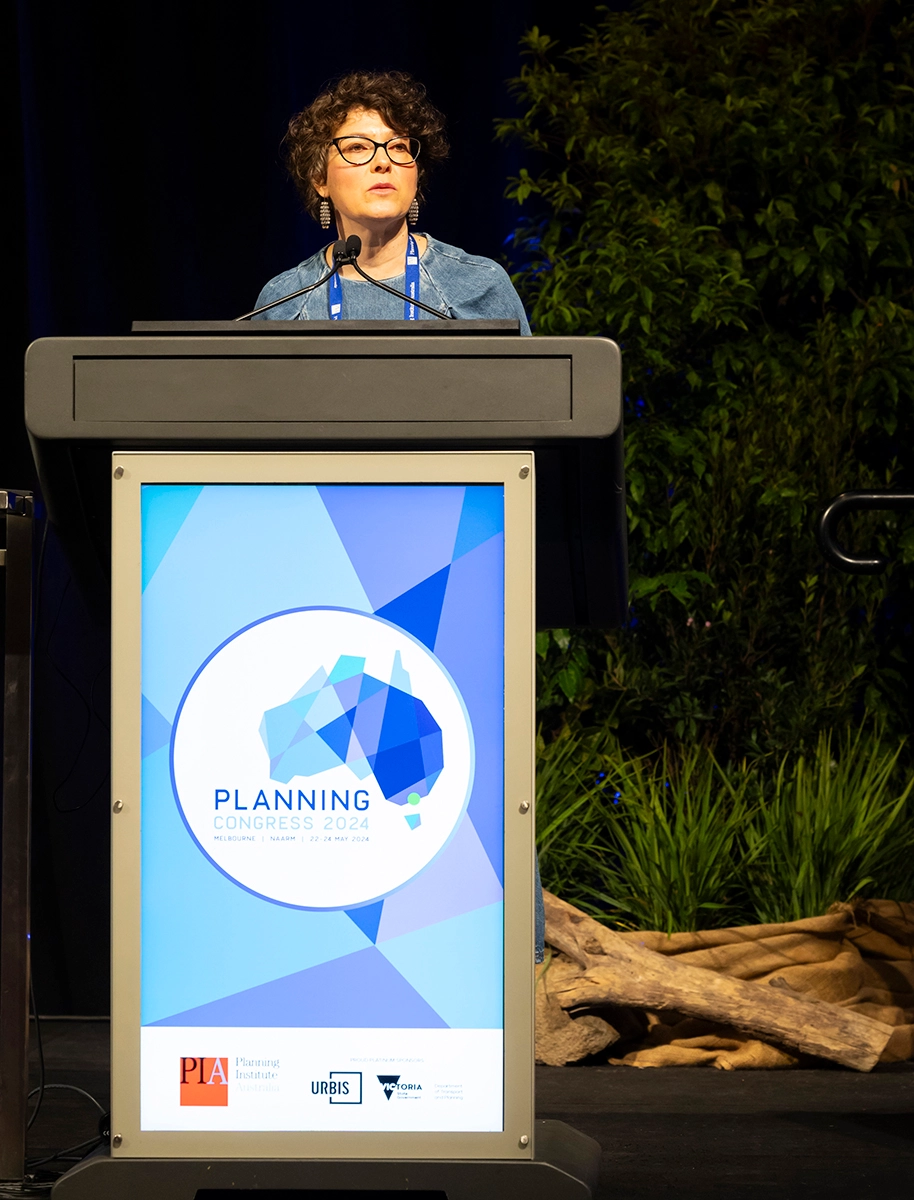
Edwina Jans presenting at the Planning Congress in Melbourne.
‘Communities increasingly want heritage to reflect everyday experiences, diverse voices, and shared connections—not just buildings. At GML, we’re embracing that shift… Heritage is about identity, lived experience, and ensuring all voices are represented.’
